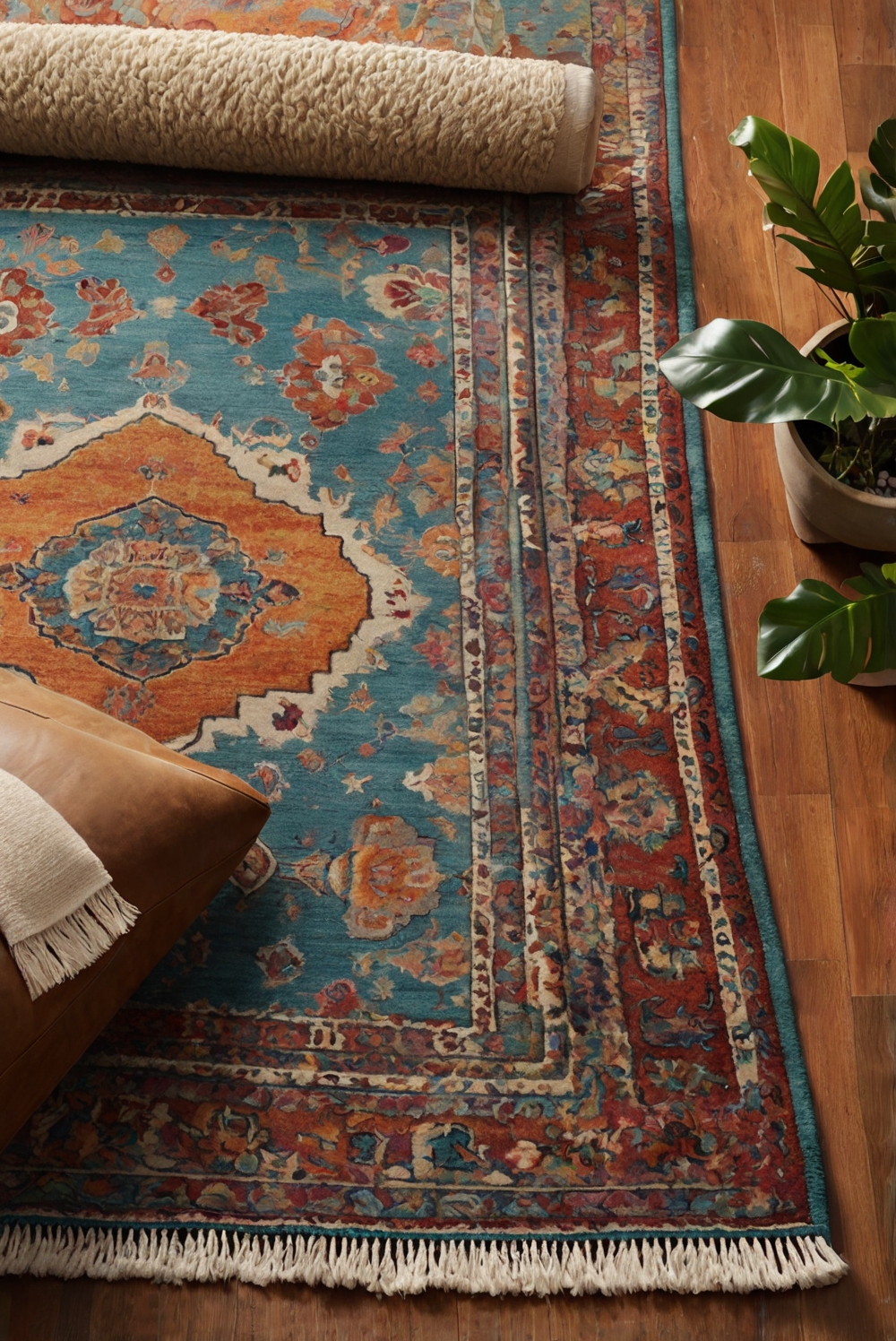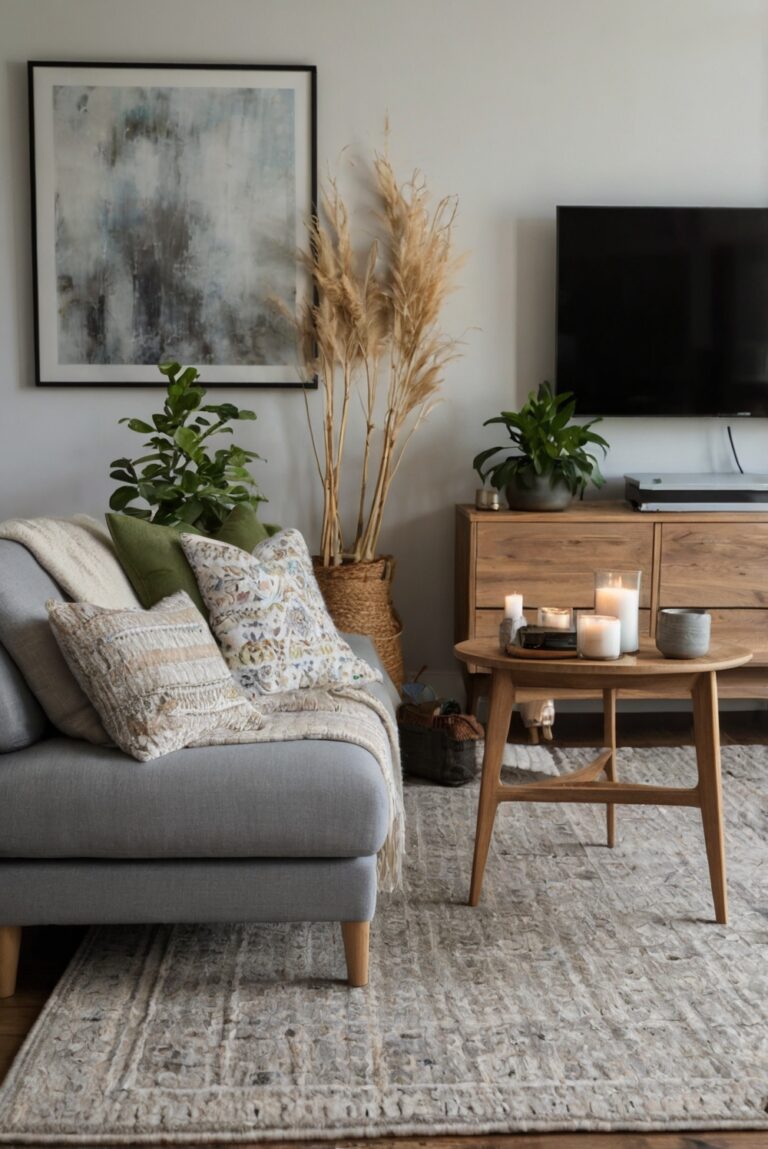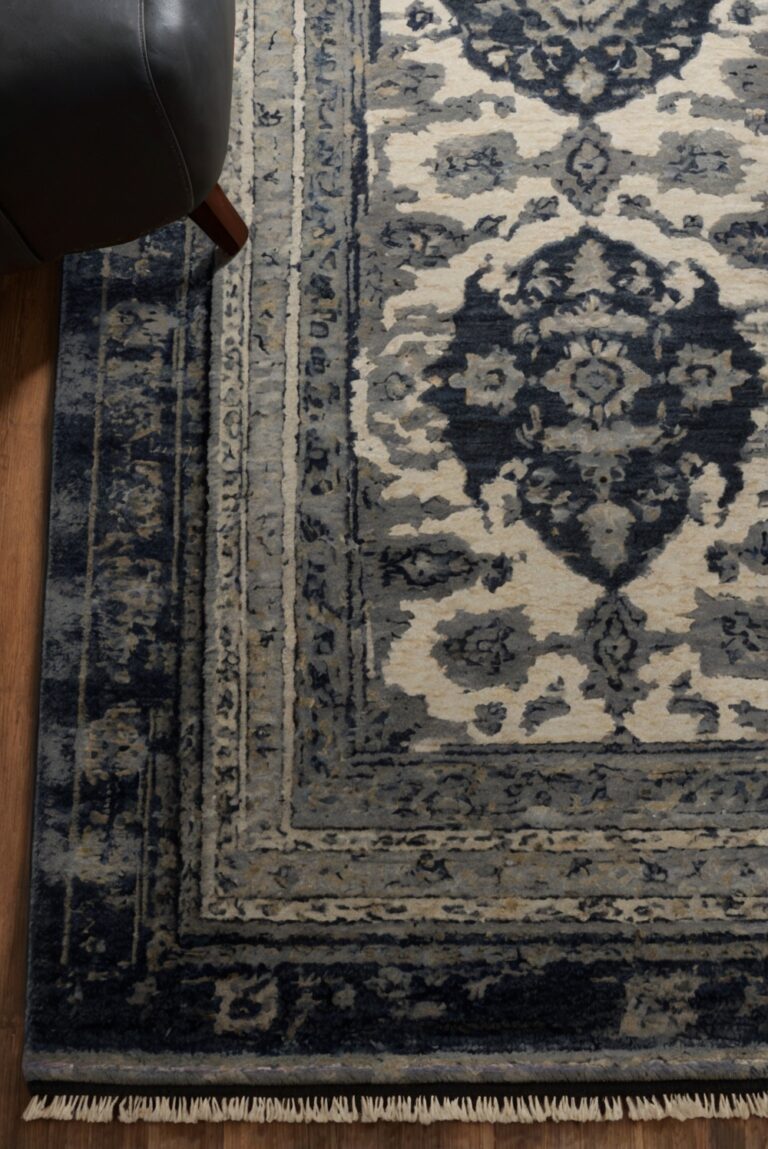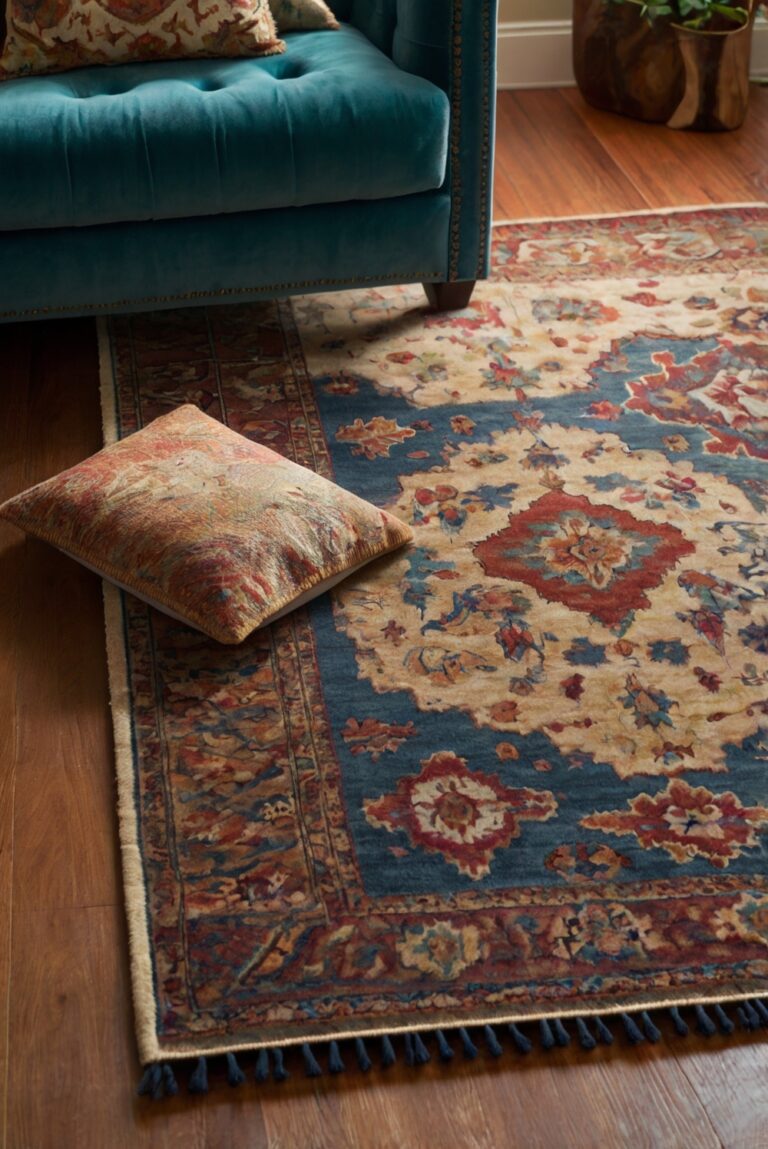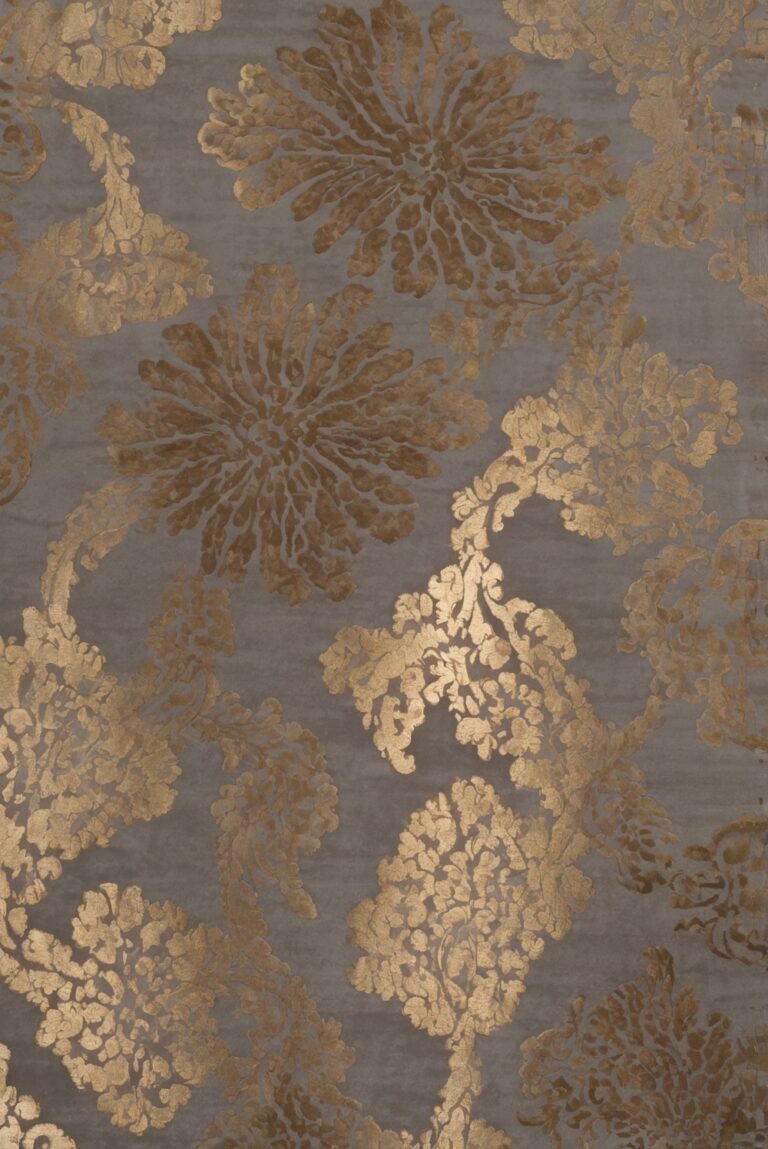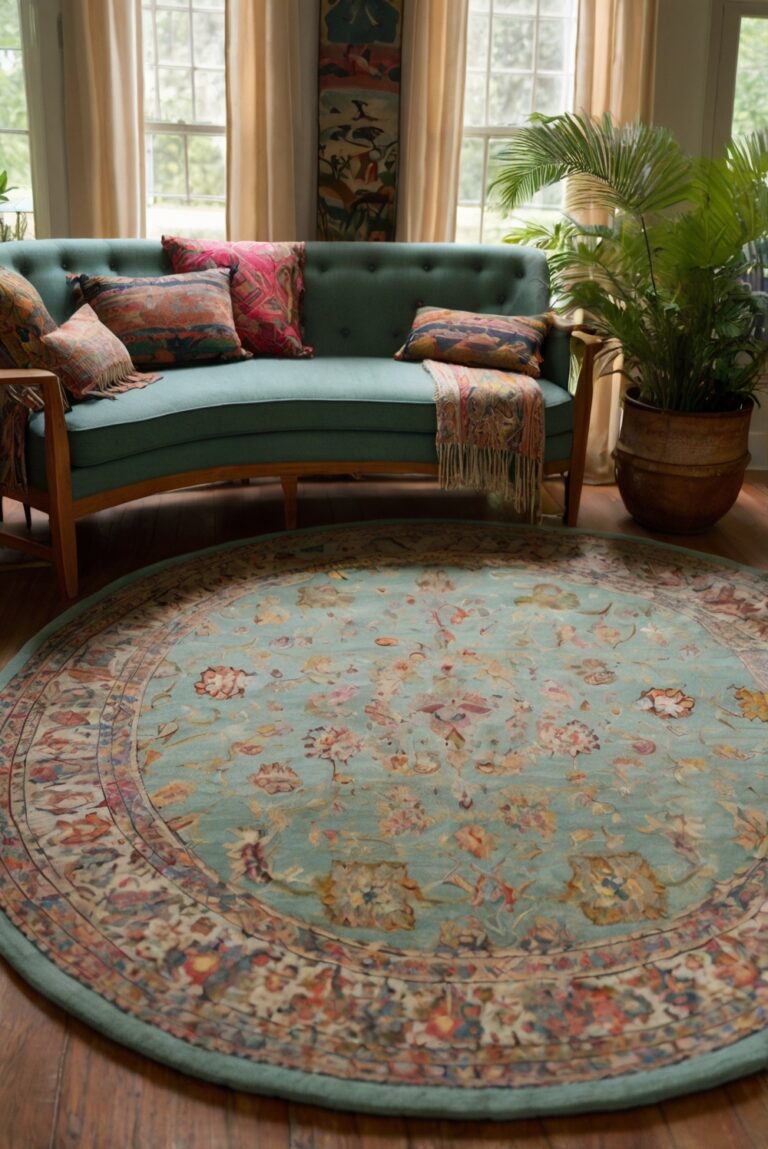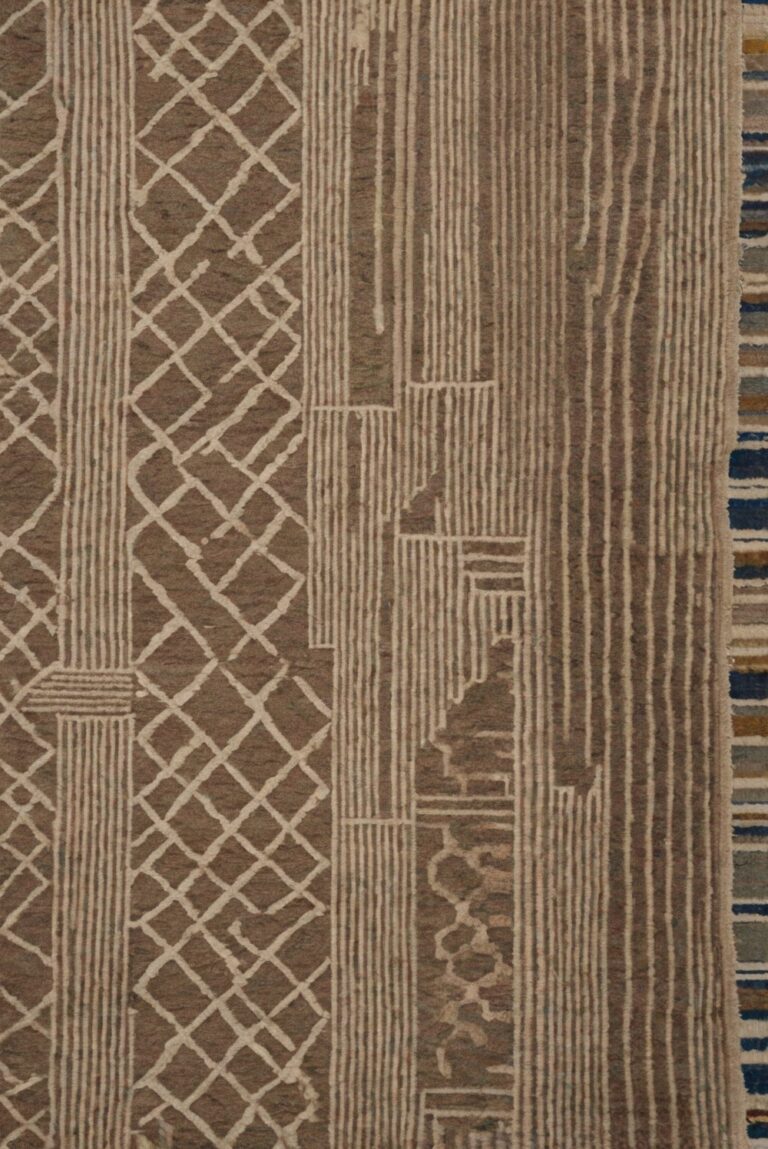Looking to update your living room decor? Enhance your interior designer routine with tips on how to perfectly match your rug with living room furniture.
To match your rug with living room furniture, consider the following tips:
1. Determine the color scheme of your room and choose a rug that complements it.
2. Measure the size of your furniture to ensure the rug is the right size for the space.
3. Pick a rug that enhances the overall design style of your living room, whether modern, traditional, or bohemian.
4. Layering rugs can add depth and texture to the room.
5. Opt for durable materials if you have pets or children to ensure longevity.
6. Consider using a rug pad to prevent slipping and protect your floors.
7. Regularly clean and maintain your rug for a fresh look.
Remember, a well-selected rug can tie the room together and elevate your home decorating.
Choosing the Right Rug Size:
When it comes to matching your rug with living room furniture, the first step is to choose the right rug size. The rug should be large enough to fit all the key furniture pieces in the room, such as the sofa, chairs, and coffee table. A rug that is too small can make the room feel disjointed and cluttered. On the other hand, a rug that is too large can overwhelm the space. To determine the right size, measure the seating area and leave at least 18 inches of floor space around the rug.
Coordinating Colors and Patterns:
To create a cohesive look in your living room, coordinate the colors and patterns of your rug with the furniture. Consider the color scheme of the room and choose a rug that complements or contrasts with the furniture. For example, if you have a neutral-colored sofa, you can add a pop of color with a vibrant rug. If your furniture has bold patterns, opt for a solid-colored rug to balance the space. Mixing patterns can also add visual interest, but be sure to choose patterns that complement each other.
Texture and Material:
The texture and material of the rug can also play a role in how well it matches your living room furniture. Consider the overall style of the room and choose a rug that complements it. For a cozy and inviting space, a plush, shaggy rug can add warmth. If you have modern furniture, a sleek, flatweave rug can create a clean and contemporary look. Natural materials like jute or sisal can add a touch of earthiness to the room. Be mindful of how the rug feels underfoot and choose a material that is comfortable and durable.
Consider the Rug Shape:
In addition to size, color, and material, consider the shape of the rug when matching it with your living room furniture. Rectangular rugs are the most common choice and work well in most spaces. However, if you have a round coffee table or curved furniture, a round rug can complement the shape of the room. Square rugs can create a more formal look, while runner rugs are ideal for narrow spaces like hallways. Consider the layout of your furniture and the flow of the room when choosing the shape of the rug.
Layering Rugs for Added Interest:
For a unique and stylish look, consider layering rugs in your living room. Layering a smaller rug on top of a larger rug can add depth and dimension to the space. Mix and match different textures, colors, and patterns to create a layered look that reflects your personal style. Be sure to anchor the rugs with furniture to prevent them from shifting. Layering rugs can also help define separate areas within an open-concept living room, such as a seating area and a dining area.
In conclusion, matching your rug with living room furniture is a key element in creating a cohesive and stylish space. By choosing the right rug size, coordinating colors and patterns, considering texture and material, and selecting the appropriate rug shape, you can enhance the overall look and feel of your living room. Additionally, layering rugs can add visual interest and depth to the room. By following these tips and guidelines, you can create a harmonious and inviting living room that reflects your personal style and taste.
1. What are some tips for matching rugs with living room furniture?
When selecting a rug to match your living room furniture, consider the size, color, and style of the rug. The rug should be large enough to fit under all the key furniture pieces in the room, creating a cohesive look. Choose a rug color that complements the furniture and overall color scheme of the room. Additionally, consider the style of the rug – whether traditional, modern, or bohemian – to ensure it harmonizes with the furniture’s design. It’s also essential to pay attention to the material of the rug, as it can impact the room’s ambiance and comfort level.
2. How do you choose the right size rug for your living room furniture?
To determine the right size rug for your living room furniture, measure the seating area and ensure the rug is large enough to fit all the key furniture pieces, such as the sofa, chairs, and coffee table. A general guideline is to leave at least 12-18 inches of bare floor around the edges of the rug to frame the furniture. If you have a smaller living room, consider a smaller rug that will anchor the seating area without overwhelming the space. Experiment with different rug sizes and layouts to find the perfect fit for your living room.
3. What colors should you consider when matching a rug with living room furniture?
When matching a rug with living room furniture, consider the existing color scheme of the room. Choose a rug color that complements the furniture upholstery, wall paint, and decor accessories. You can opt for a neutral rug to create a cohesive backdrop for colorful furniture pieces or select a bold rug to add a pop of color to a neutral room. Additionally, consider the mood you want to create in the space – warm earth tones for a cozy ambiance, cool blues for a calming effect, or vibrant hues for a lively atmosphere. Experiment with different color combinations to find the perfect rug for your living room.
4. How can you mix and match patterns when choosing a rug for your living room furniture?
Mixing and matching patterns can add visual interest and texture to your living room. When choosing a rug for your furniture, consider the scale of the patterns – opt for a large-scale pattern rug if your furniture has smaller patterns or vice versa. You can also mix different patterns by selecting rugs with complementary colors or similar motifs. For a cohesive look, choose a dominant pattern for the rug and incorporate smaller patterns in the furniture upholstery or throw pillows. Experiment with different pattern combinations and textures to create a harmonious and inviting living room.
5. What are some common mistakes to avoid when matching a rug with living room furniture?
When matching a rug with living room furniture, avoid common mistakes such as choosing a rug that is too small for the space, as it can make the room feel disjointed and unbalanced. Additionally, avoid selecting a rug that clashes with the furniture’s color or style, as it can disrupt the overall design scheme. Another mistake to avoid is neglecting the rug’s material and quality – opt for a durable and easy-to-clean rug that can withstand heavy foot traffic and spills. Lastly, avoid overcrowding the room with too many rugs or conflicting patterns, as it can overwhelm the space and create visual chaos.

